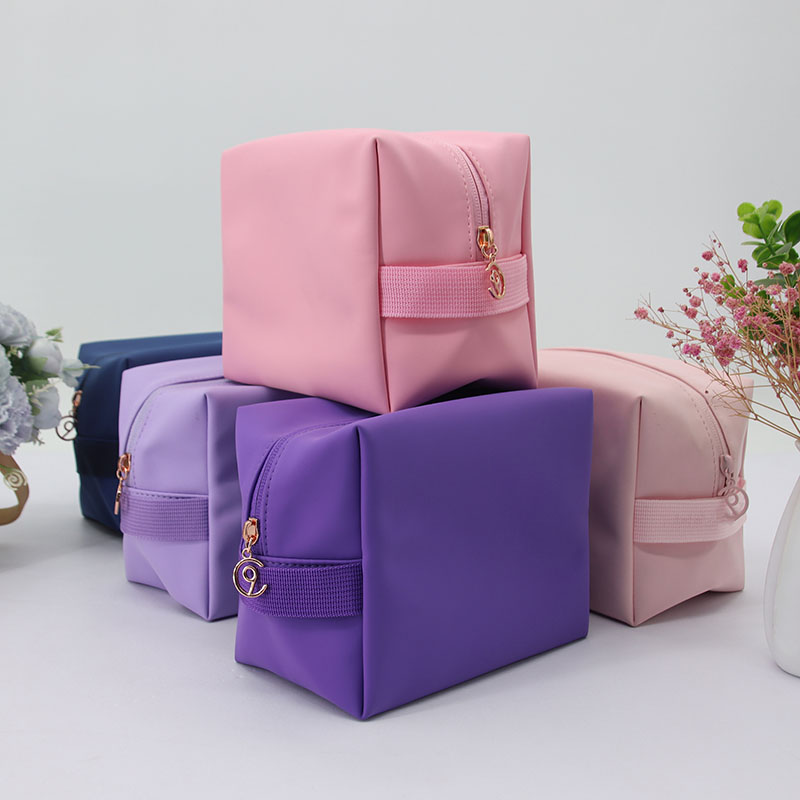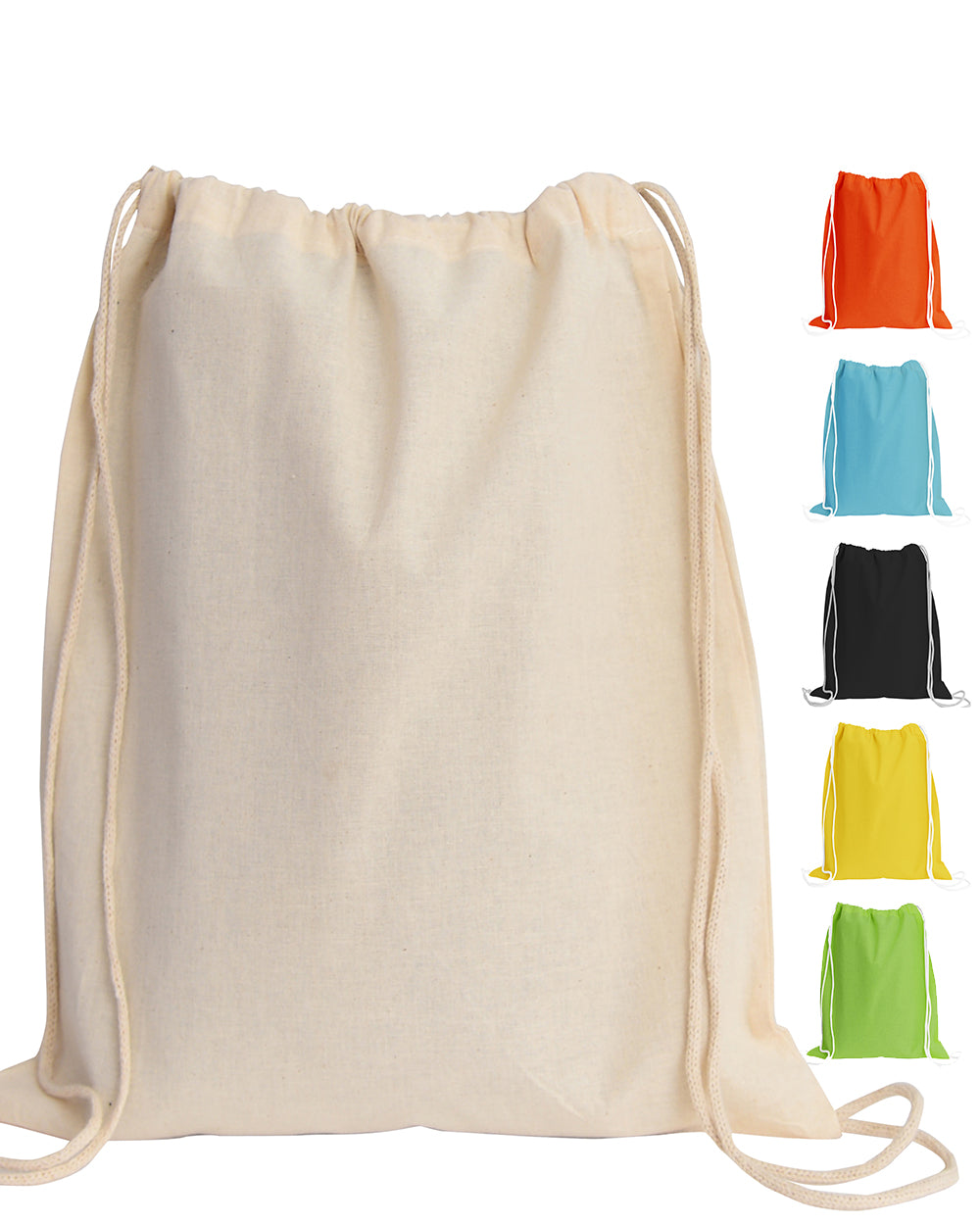Nappa leather is a premium, full-grain unsplit leather made from lamb, kid, or sheepskin. It is famed for its exceptional softness, smooth feel, and durability.
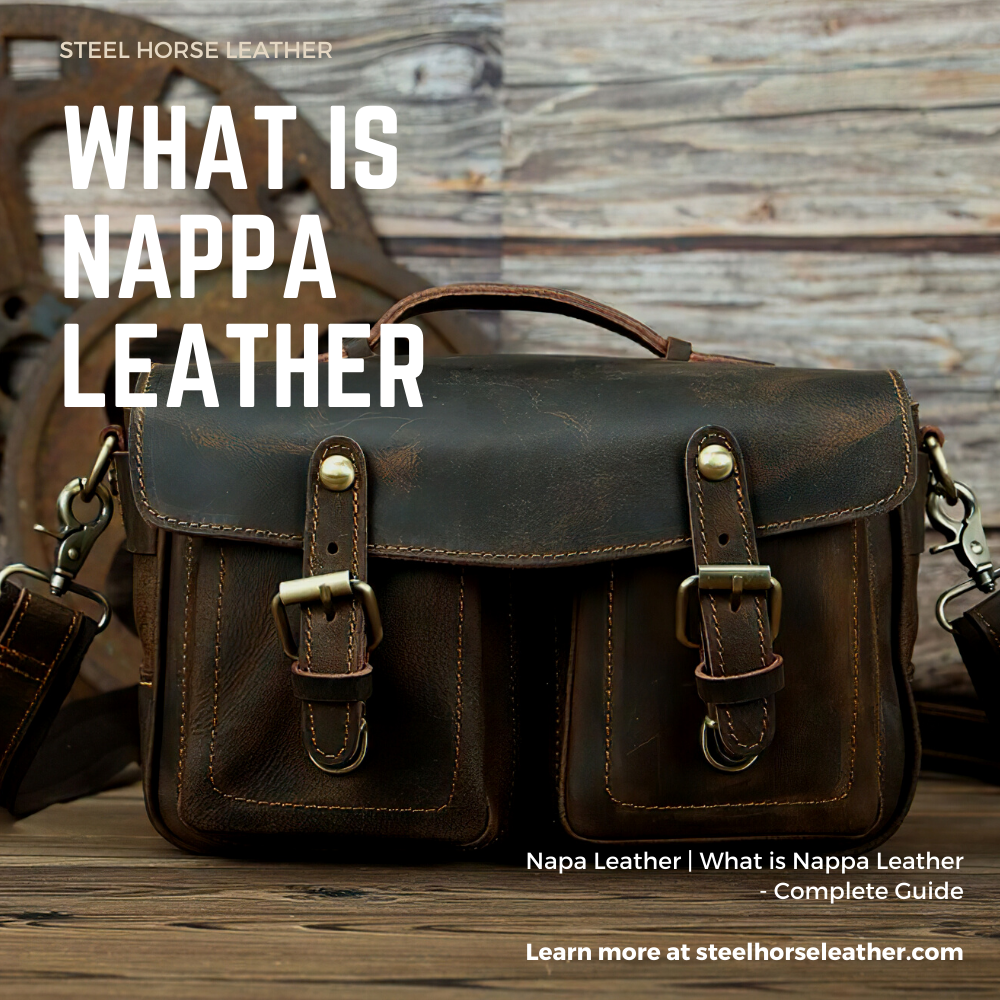
Table of Contents
- What Exactly Is Nappa Leather?
- How Is Nappa Leather Made? The Tanning Process
- What Are the Key Characteristics of Genuine Nappa?
- How to Spot Genuine Quality: An Expert Checklist
- Nappa Leather Compared to Other Common Leathers
- Caring For Your Nappa Leather Goods
- Why Is Nappa Leather So Highly Valued in Luxury Goods?
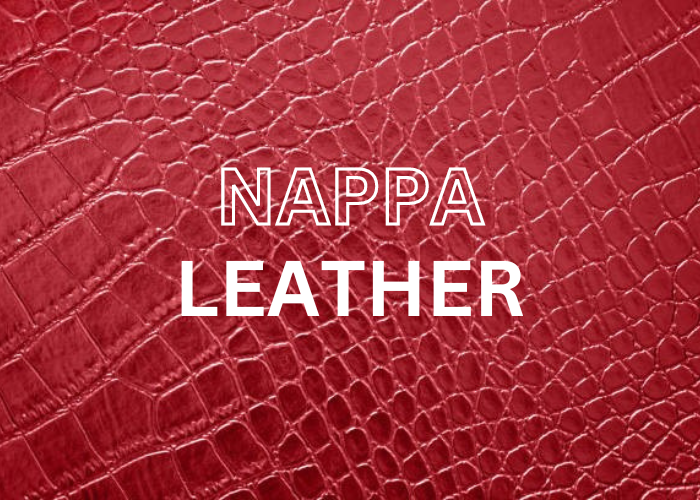
What Exactly Is Nappa Leather?
Nappa leather refers to a particularly soft, supple, and durable form of full-grain leather. The term originated with the Sawyer Tanning Company in Napa, California, which developed a specific tanning process to achieve this signature feel. Unlike a specific type of animal hide, Nappa describes the quality and finish of the leather itself. It is most often crafted from lambskin or calfskin, which are naturally softer and have a finer grain structure than hides from older animals.
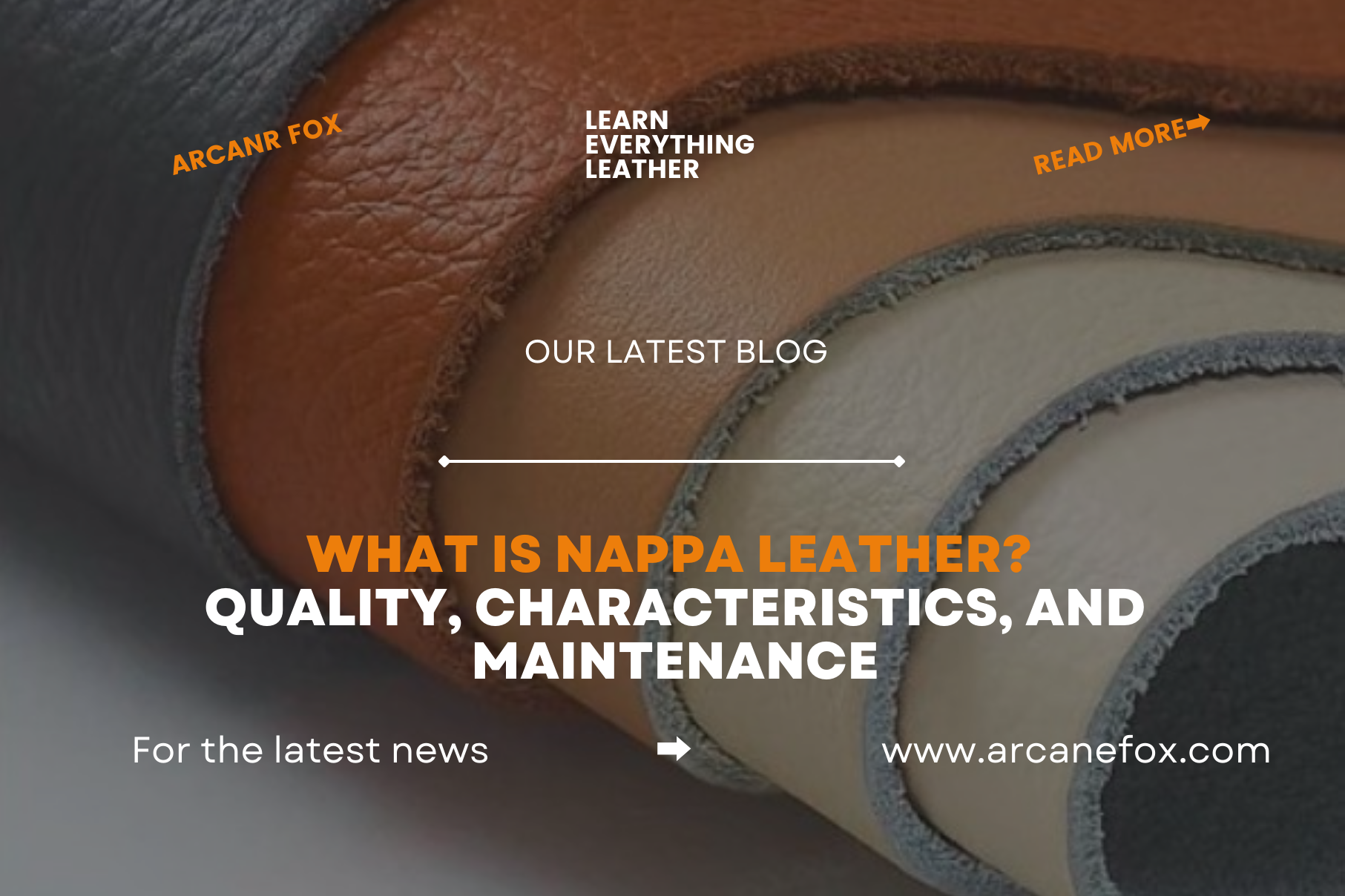
A crucial distinction is that true Nappa is always full-grain leather. This means it comes from the top layer of the hide and has not been sanded, buffed, or corrected to remove imperfections. As a result, it retains the natural grain and markings of the original hide, making each piece unique. This structural integrity is what gives Nappa its renowned strength and durability, despite its delicate feel.
Debunking Common Misconceptions
The term “Nappa” is often used loosely in marketing, leading to confusion. It is important to understand what it is not. Nappa is not a brand, nor is it a synthetic material. If a product is labeled as “Nappa,” it should be real animal hide. Be wary of lower-quality corrected-grain or bonded leathers that use the name to imply a quality they do not possess. Genuine Nappa is a hallmark of superior tanning and material selection, not just a generic label for soft leather.
How Is Nappa Leather Made? The Tanning Process
The secret to Nappa’s signature character lies in a specialized chrome tanning process. While traditional vegetable tanning can produce stiff, rugged leather, chrome tanning uses chromium salts to create a material that is exceptionally pliable and stable. This process is significantly faster than vegetable tanning and yields a consistent, soft, and water-resistant finish.
The process begins with selecting the highest quality full-grain hides, free from excessive blemishes. The hides are prepared and then tumbled in drums containing chromium salts. This allows the tanning agents to penetrate the hide thoroughly, preserving its protein structure while making it incredibly flexible. After tanning, special dyes are used that provide rich, lasting color without concealing the natural grain. The final steps often involve applying a light, protective topcoat that enhances durability and stain resistance while maintaining the leather’s natural breathability and softness.
What Are the Key Characteristics of Genuine Nappa?
Identifying authentic Nappa leather involves engaging your senses. Its unique combination of properties sets it apart from other materials. When you encounter a product made from high-quality Nappa, you will notice several distinct traits.
The Unmistakable Feel
The most immediate and defining characteristic of Nappa leather is its buttery-soft texture. When you run your hand across its surface, it should feel smooth, supple, and slightly warm to the touch. It lacks the plastic-like coolness of synthetic materials or the stiffness of lower-quality, heavily-coated leathers. The leather should be flexible and pliable, conforming easily without feeling stretchy or weak.
Visual Appearance and Grain
Visually, Nappa leather boasts a fine, smooth grain. Because it is full-grain, you may see subtle, natural markings or pores on the surface. These are not defects but rather signs of authenticity, proving the hide has not been artificially corrected. The finish should have a subtle, elegant sheen rather than a high-gloss, painted-on look. The color is deep and uniform, a result of the specialized dyeing process that allows pigments to penetrate the hide fully.
Durability and Breathability
Despite its delicate feel, Nappa is surprisingly durable. The full-grain structure provides excellent tensile strength, making it resistant to tearing. It is also highly breathable, which prevents moisture from becoming trapped and helps it remain comfortable against the skin. This combination of strength and softness is what makes it a premium material for items that see frequent use, from luxury car seats to high-end handbags.
How to Spot Genuine Quality: An Expert Checklist
Navigating the market for leather goods can be challenging. Use this checklist to distinguish genuine, high-quality Nappa from imitations or inferior grades.
- Perform the Touch Test: Authentic Nappa is exceptionally soft and non-slippery. It should feel luxurious and warm. If the surface feels cold, slick, or plasticky, you are likely dealing with a heavily processed or synthetic material.
- Examine the Grain: Look closely at the surface. You should see fine lines, pores, and tiny, unique imperfections. A perfectly uniform, repeating pattern is a red flag for artificial embossing or synthetic leather.
- Check the Edges: Where possible, look at a cut edge of the material. Genuine leather will have a fibrous, suede-like texture. Bonded leather or synthetics often have a clean, smooth, plastic-looking edge.
- The Water Test: Place a single, small drop of water on an inconspicuous area. Real, high-quality Nappa is semi-absorbent and the water will soak in after a few moments. If the water beads up and rolls off immediately, the leather may have a heavy synthetic coating. If it soaks in instantly, the leather may be unfinished and prone to staining.
- Consider the Price: True Nappa leather is a premium material. The cost reflects the quality of the hide and the complex tanning process. Be skeptical of deals that seem too good to be true, as they often involve lower-grade or imitation leathers.
Nappa Leather Compared to Other Common Leathers
Understanding how Nappa compares to other types of leather helps clarify its position in the market. Each leather type has its own strengths and is suited for different applications.
Below is a table that breaks down the key differences between Nappa and other popular leather types like full-grain, top-grain, and bonded leather. This comparison highlights why Nappa is a preferred choice for luxury applications.
| Feature | Nappa Leather | Standard Full-Grain | Top-Grain Leather | Bonded Leather |
|---|---|---|---|---|
| Hide Layer | Top layer, uncorrected | Top layer, uncorrected | Top layer, sanded/corrected | Leather scraps/dust mixed with polyurethane |
| Texture | Extremely soft, smooth, supple | Can be rugged or smooth, very durable | Smooth but less natural, often feels thinner | Artificial, often has a plastic feel |
| Durability | High, but can be prone to scratches | Highest, develops a patina over time | Moderate, more resistant to stains than full-grain | Low, prone to peeling and cracking |
| Breathability | Excellent | Excellent | Moderate | Very Low |
| Cost | Premium | High | Mid-range | Low |
Caring For Your Nappa Leather Goods
Proper maintenance is essential to preserving the beauty and longevity of your Nappa leather products. Its soft, porous nature requires a gentle approach to cleaning and conditioning.
Routine Cleaning
For regular upkeep, simply wipe the leather surface with a clean, dry microfiber cloth to remove dust and dirt. For minor spills or smudges, slightly dampen the cloth with water. Avoid using harsh chemical cleaners, household detergents, or abrasive sponges, as these can strip the leather of its natural oils and damage the finish.
Conditioning and Protection
Every 6 to 12 months, apply a high-quality leather conditioner specifically designed for soft or fine leathers. Conditioning replenishes the natural oils, keeping the leather supple and preventing it from drying out and cracking. Apply a small amount of conditioner to a clean cloth and gently rub it into the leather in a circular motion. Allow it to absorb, then buff off any excess with a separate dry cloth. Always test any new cleaning or conditioning product on a small, hidden area first.
Proper Storage
When not in use, store your Nappa leather items in a cool, dry place away from direct sunlight and heat, which can cause fading and drying. Use a breathable dust bag (like the one provided with Beldtura Leather products) rather than a plastic bag, which can trap moisture and lead to mildew. For bags, stuff them with acid-free paper to help maintain their shape.
Why Is Nappa Leather So Highly Valued in Luxury Goods?
Nappa leather’s reputation as a top-tier material is well-earned. Its value stems from a unique convergence of aesthetic appeal, tactile sensation, and functional performance. It offers a level of comfort and elegance that few other materials can match, making it the material of choice for luxury automakers, high-fashion designers, and crafters of premium accessories.
The commitment to using uncorrected, full-grain hides means that only the best raw materials can be used. This selectivity, combined with the sophisticated tanning process, results in a final product that is both beautiful and resilient. The smooth, refined finish of Nappa leather elevates any item, from a driver’s gloves to a meticulously constructed wallet or handbag. It is this blend of natural beauty and expert craftsmanship that defines Nappa leather and secures its place as a symbol of true quality.

